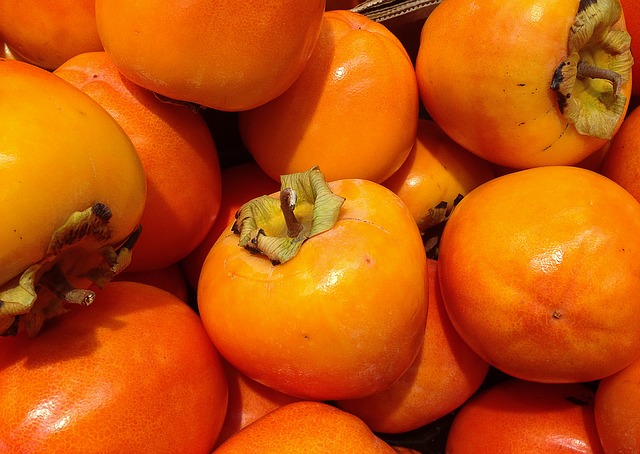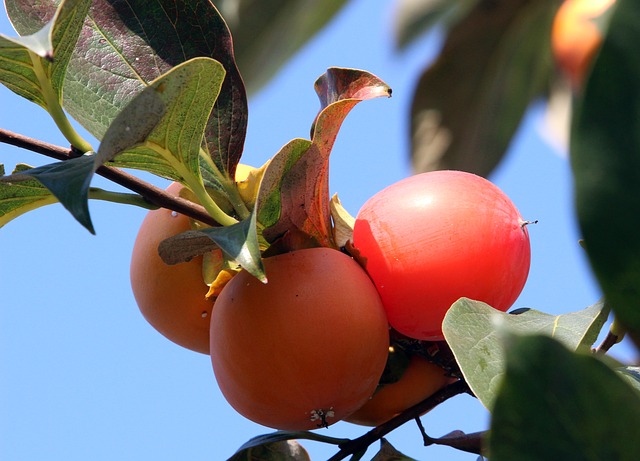Persimmon

Gardening Question from Debbie:
I went to purchase Persimmon trees and found so many varities that I did not know which to get… Can you help me with this answer. What size is best? how old? which variety?

Answer from Pat:
If I were you I would purchase a 5-gallon ‘Hachiya’ tree. This is the type that you must allow to ripen so that it is completely soft before eating and it also is a lovely ornamental tree. If you have room, plant another variety also, such as ‘Fuyu’ (also in 5-gallon size) so they cross pollinate, which will give you more abundant crops. ‘Fuyu’ can be eaten when the fruit is still crunchy. These two varieties are my favorites and they are also the most commonly available.


I lived in Rowland Heights, CA. We have a fuyu persimmon that I bought it 6-7 years, the trunk is about 2 inches in diameter (the trunk remained the same after the years) Every year we could harvested about 10 persimmons, Would you please advise so I could get more fruits? Thank you
Usually Fuyu persimmon is very easy to grow. It does need winter chill of 45 degrees Fahrenheit at night for several weeks in winter but that requirement should be easily provided by nature in your San Gabriel Valley location. It also needs full sun but I imagine you planted it in full sun. My guess is that your problem is caused by two factors: 1. very fast-draining soil and not enough irrigation and 2. Lack of nitrogen.
First let’s talk about your soil. Most parts of San Gabriel have decomposed granite, which is high in phosphorus, but has very fast drainage, lots of rocks in some areas which increases drainage, and mighty little organic matter. Mulch would be helpful. These trees can grow well in lawns where the soil has been amended heavily with organic matter prior to planting a lawn. This tells us something. They also thrive in adobe soil which retains water which is another necessary component of success. I hope you soaked the roots of the tree prior to planting it and watered regularly after planting–3 times a week for the first 2 or 3 weeks, twice a week for the next month or so and once a week after that and making sure the water soaked the ground under the whole canopy of the tree, not just in the planting hole.
Additionally, though your decomposed soil (if that’s what you’ve got) should provide plenty of phosphorus, your tree also needs potassium and nitrogen. Persimmons like equal amounts of NPK, in other words a balanced fertilizer. You could manage this by applying a layer of horse manure or cow manure under the whole tree canopy in October every year and watering it in when rains are not adequate. Also, apply potassium in January annually in the form of Potassium sulfate according to package directions. This should certainly solve your fruit problems. Be sure irrigation is not drip and reaches all the ground under the tree. After spreading manure annually you should see that trunk thicken.
If you do not have decomposed granite soil, then in early spring apply 10-10-10 or 14-14-14 or 16-16-16 fertilizer every year according to package directions and make sure to water it in when rains are inadequate. If you prefer an organic fertilizer, apply twice as much of it than package directions suggest.
There will be no danger of burning anything with organic fertilizer but water it in well and apply the organic fertilizer earlier, for example in early February, since it takes longer to have an effect.